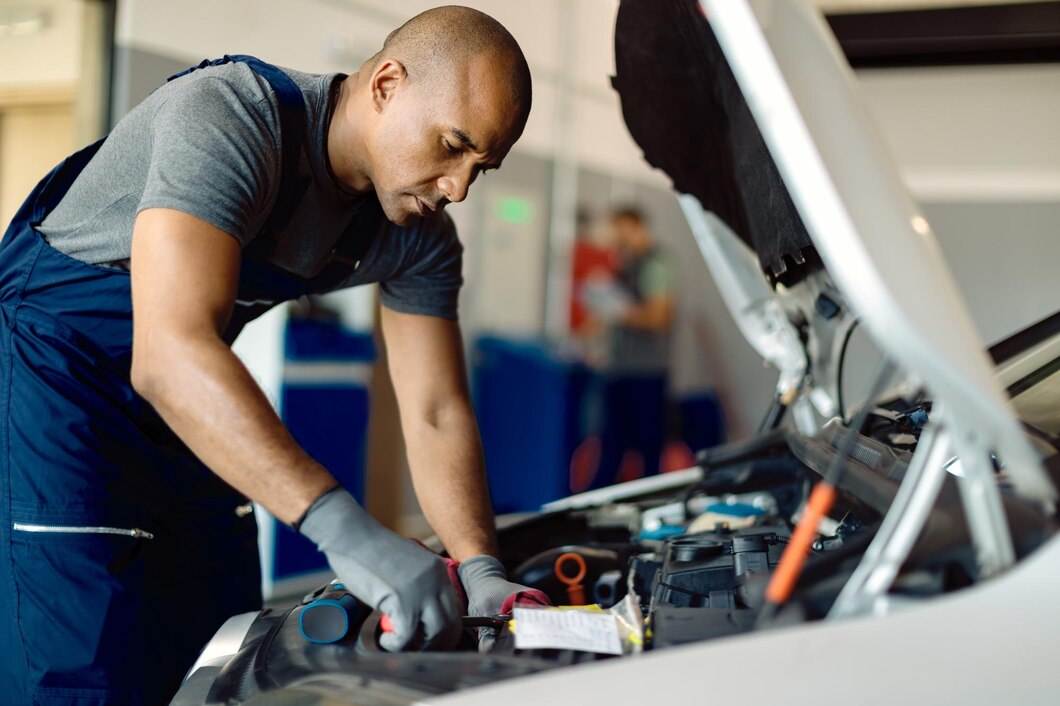Rust is the silent enemy of cars, capable of causing significant damage if left unchecked. It can compromise structural integrity, affect safety systems, and reduce resale value. Recognizing early signs of rust and addressing them promptly can save you from costly repairs down the road. Here are some crucial indicators that your car needs immediate rust treatment:
1. Surface Blemishes and Discoloration
The most obvious early sign of rust is visible surface blemishes, discoloration, or paint bubbling on your car’s exterior. These spots often start small and may initially appear insignificant. However, they indicate that moisture has penetrated the paint and begun to corrode the metal underneath.
2. Rough or Flaky Texture
When you run your hand over a rusty area, you may feel a rough or flaky texture instead of a smooth surface. This roughness is caused by the corrosion eating away at the metal, weakening it over time.
3. Rust Spots Underneath the Car
Inspect underneath your car, particularly in areas prone to accumulating moisture and road debris such as the wheel wells, suspension components, and underbody. Rust spots in these areas are often harder to detect but can spread quickly due to exposure to salt, water, and other corrosive elements.
4. Unusual Smells or Noises
In advanced stages, rust can cause structural components to weaken, leading to unusual creaking or grinding noises when driving over bumps or turning corners. Additionally, trapped moisture in rusted areas can produce a musty or metallic odor inside the car.
5. Check for Soft Spots
Press gently on areas suspected of rust (especially around wheel arches and door edges). If the metal feels soft or spongy, it indicates severe corrosion and immediate attention is needed to prevent further damage.
What to Do Next:
- Consult a Professional: If you notice any of these signs, it’s essential to consult a qualified mechanic or auto body specialist. They can conduct a thorough inspection to assess the extent of the rust damage and recommend appropriate treatment.
- Rust Treatment Options: Depending on the severity of the rust, treatment options may include:
- Surface Cleaning and Rust Removal: Scrubbing or sanding off surface rust and applying rust converters or inhibitors.
- Primer and Repainting: Repainting affected areas after applying rust-resistant primer to prevent further corrosion.
- Replacing Damaged Parts: In cases where rust has compromised structural integrity, replacing affected parts may be necessary.
- Preventive Measures: After treating rust, consider preventive measures such as regular waxing and rust-proofing treatments to protect your car from future corrosion.
- Monitor and Maintain: Regularly inspect your car for signs of new rust and address them promptly to avoid costly repairs and maintain the vehicle’s longevity.
In conclusion, early detection and treatment of rust are critical to preserving your car’s appearance, performance, and resale value. By being vigilant and addressing rust issues promptly, you can extend the lifespan of your vehicle and ensure a safer driving experience for yourself and your passengers.











